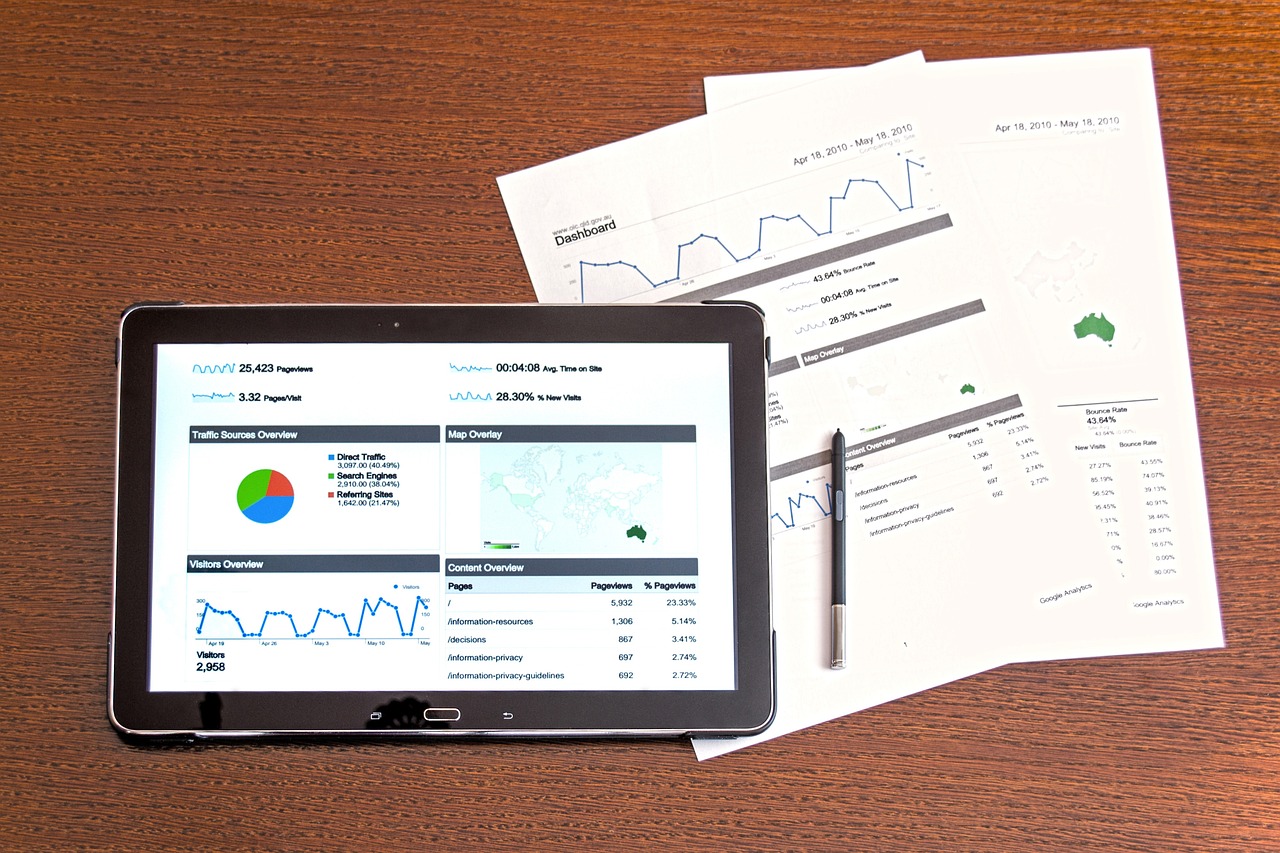“`html
In the fast-paced corporate landscape, organizations are more reliant on data-driven decision-making than ever before. Business analytics has emerged as a powerful tool that empowers companies to harness the vast amount of data available to them for strategic advantages. By transforming raw data into actionable insights, business analytics can lead to improved operational efficiency, enhanced customer satisfaction, and increased profitability. This blog post will explore the intricacies of business analytics, its types, methodologies, benefits, tools, and best practices to help businesses leverage data effectively.
Understanding Business Analytics
Definition and Importance
Business analytics refers to the systematic exploration of an organization’s data, with a focus on statistical analysis. The primary purpose is to extract valuable insights that can lead to better business decisions. Here’s why it’s critical:
- Informed Decision-Making: Provides data-backed insights to guide strategies.
- Competitive Advantage: Helps organizations stay ahead of their competitors.
- Risk Management: Enables identification of potential risks and mitigates them proactively.
Key Components of Business Analytics
Business analytics encompasses several key components, including:
- Descriptive Analytics: Focuses on summarizing historical data to identify trends.
- Predictive Analytics: Uses statistical methods and machine learning techniques to forecast future outcomes.
- Prescriptive Analytics: Offers recommendations based on predictive insights, aiming for optimal decisions.
Types of Business Analytics
Descriptive Analytics
Descriptive analytics is primarily concerned with answering the question, “What happened?” It aggregates historical data and summarizes it for analysis. Common tools used include:
- Reports
- Dashboards
- Data Visualization Software
Example: A retail company may analyze past sales data to identify peak shopping seasons and popular products.
Predictive Analytics
Predictive analytics seeks to answer the question, “What could happen?” by using historical data to identify trends and forecast future outcomes. Common applications include:
- Customer Behavior Prediction
- Market Trend Analysis
- Risk Assessment
Example: A financial institution might use predictive analytics to assess the likelihood of loan defaults among clients.
Prescriptive Analytics
Prescriptive analytics addresses the question, “What should we do?” by recommending actions based on predictive insights. It is typically powered by algorithms and optimization techniques. Key uses include:
- Supply Chain Optimization
- Marketing Campaign Management
- Resource Allocation
Example: An airline may utilize prescriptive analytics to optimize flight schedules based on demand forecasts.
Benefits of Business Analytics
Implementing business analytics provides a wealth of benefits, including:
- Enhanced Performance: Streamlines processes and identifies efficiency improvements.
- Improved Customer Insights: Tailors products and services to meet customer needs more effectively.
- Data-Driven Culture: Fosters an organizational culture that values evidence-based decision-making.
- Cost Reduction: Minimizes operational costs through better resource management.
Statistical Insight: Companies leveraging business analytics can achieve up to a 10% increase in profits compared to their peers.
Popular Business Analytics Tools
Numerous tools are available for business analytics, catering to various needs. Some of the top tools include:
- Tableau: Excellent for data visualization and user-friendly interfaces.
- Microsoft Power BI: Integrates well with other Microsoft products for seamless data analysis.
- Google Analytics: Primarily for web analytics, helps track online traffic and customer behavior.
- R & Python: Programming languages widely used for statistical analysis and data manipulation.
Choosing the Right Tool
- Identify the Goals: Define what you aim to achieve with analytics.
- Assess Your Data: Understand the types and volume of data you have.
- Evaluate User Capability: Consider the technical expertise of your team.
- Review Integrations: Check compatibility with existing tools and systems.
Best Practices for Effective Business Analytics
Data Quality and Governance
Ensuring high data quality is paramount for positive outcomes in business analytics. Implementing data governance policies helps maintain:
- Data Accuracy
- Consistency
- Access Control
Regular Training and Development
Investing in employee training enhances analytics capabilities across the organization. Consider the following:
- Workshops and Seminars
- Online Courses
- Certifications in Analytics Tools
Iterative Improvement
Analytics is not static; it requires continuous improvement:
- Regularly review analytics strategies.
- Incorporate new data sources and methods.
- Solicit feedback from analytical teams for better practices.
Conclusion
In conclusion, business analytics is a vital asset in today’s data-driven world. By understanding its components, types, and benefits, organizations can transform vast data into strategic insights that drive growth and enhance decision-making. By leveraging the right tools and implementing best practices, businesses can create a culture of analytics that not only identifies opportunities but also helps mitigate risks. As you embark on your analytics journey, remember that the goal is not just to collect data but to use it effectively to stay ahead in the competitive landscape. Embrace the power of business analytics to ensure your organization thrives in the future.
“`






